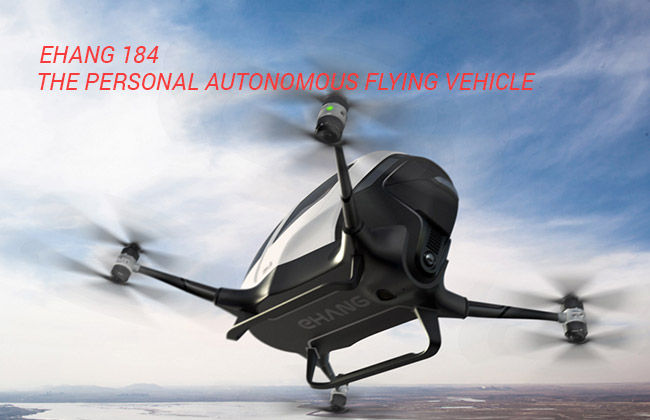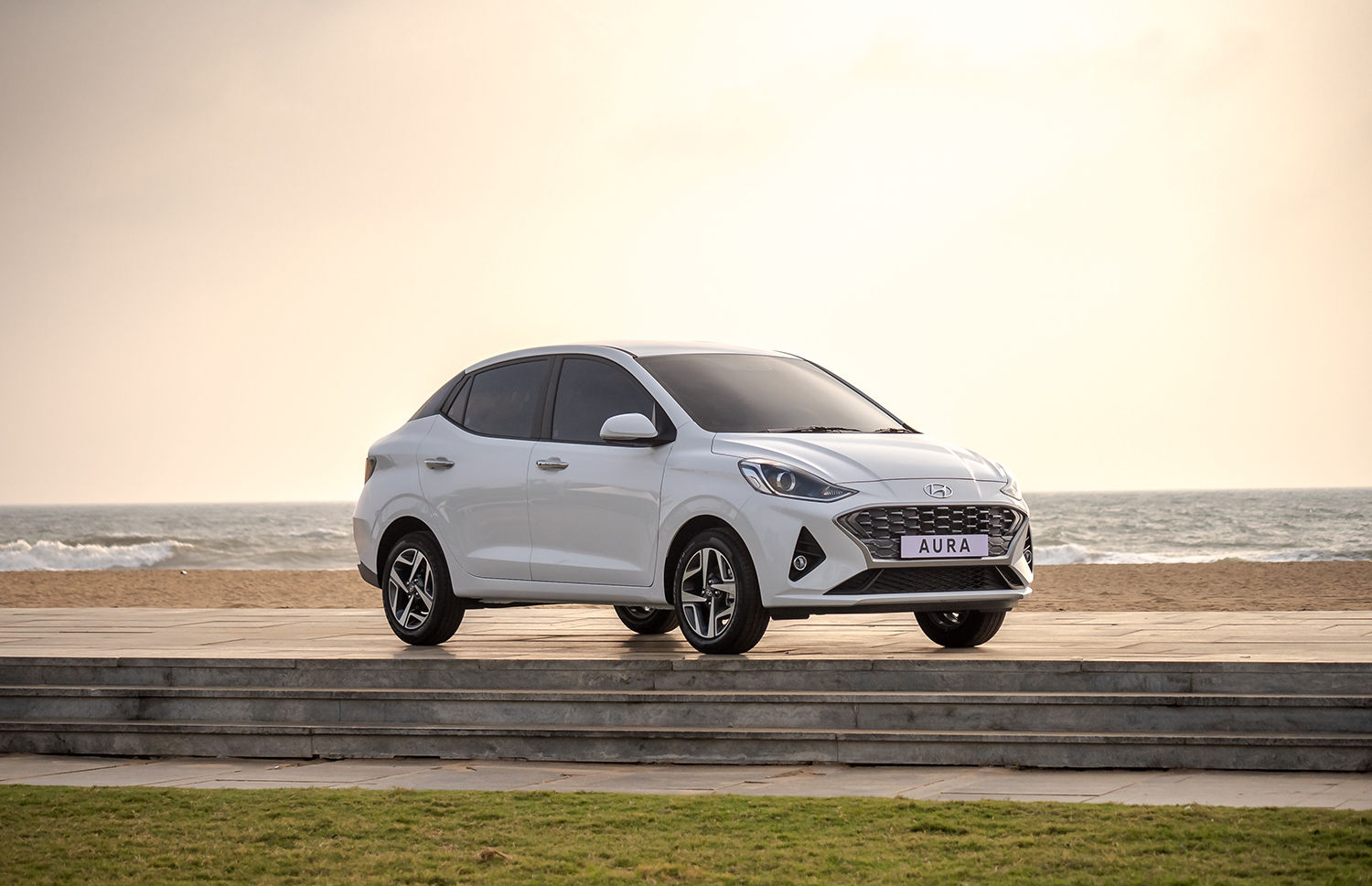Ehang 184; The Personal Autonomous Flying Vehicle
Modified On Jan 08, 2016 10:59 PM By Nabeel
- 2 Comments
- Write a comment

Human beings have always been scared of changes. In 1807, when the first internal combustion engine was installed in an automobile, people considered it to be a bomb and speculated that it might explode. When the Wright brothers on December 17, 1903, made the first successful flight, some people called it witchcraft and devil’s work. But look where we stand today. Cars have become a basic necessity and air travel is considered to be the safest mode of travel. Soon, autonomous driving will become common and will become a mere footnote in the script of automobile history. Boundaries of automotive advancement continue to stride at an unbelievable pace. So, what is next?

Presenting, the Ehang 184 Autonomous Aerial Vehicle (AAV). What these words mean is, that its a personal, single seater aerial drone, which only runs on autopilot. Its the Self driving car of the aerial world. Showcased at the 2016 Consumer Electronics Show in Las Vegas, the drone attracted media around the globe and turned a lot of heads. It features an aluminium alloy frame and can seat one person. It has 8 propellers placed on 4 legs, attached to the frame. Each rotor is powered by an individual, vertically stacked motor. This is a huge safety advantage, as even if one rotor fails, the drone can still make a safe landing. The 8 motors (2 on each leg), are capable of producing 142 hp of power for the air lift. Ehang 184 AAV weighs 200 kgs and can lift up to 120 kgs. There is even a small compartment at the rear, much like a boot to accommodate small luggage, maybe a bag.

The name, Ehang 184 has can be attributed to the drone and its components its derivation from the attributed of the drone. The ‘184’ comes from 1 person, 8 propellers and 4 legs. The autonomous part in this drone is what makes this concept extra special. The “pilot” only needs to enter the destination on a touchscreen navigation screen and start the flight. The drone takes care of the rest. The pilot also has the option to hover the drone, in case such a situation arises. Batteries take about 4 hours for a full charge and can even be charged by a fast charging mechanism, which in turn significantly reduces the charging time.

The drone has an amazing top speed of 100km/h and can elevate 3,499m, and the total flight time is around 23 minutes. The drone also features air conditioning, gullwing doors, storage space and 4G connectivity. It is to be available at the end of 2016 and this personal flight drone will cost around Rs. 2 Cr. Mind you, it is BMW i8 money but, if you want to fly, you have to pay the price.
Also Read: Self Driving Cars - Do We Really Need Them?














